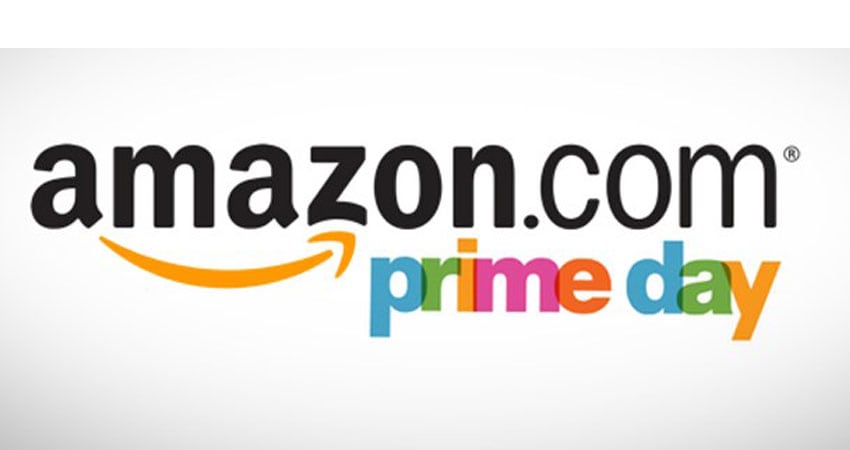Sellers everywhere have been busy preparing for the high-traffic frenzy of Amazon Prime Day for most of Q2 — submitting Lightning Deals, optimizing their product listings with clear images and compelling copy, refining keywords, and analyzing their inventory position. Although the deadlines have passed for applying for Amazon’s Prime Day promotions, there is still a wealth of opportunity for third-party sellers to combat the summer spending slump and harness the increased traffic coming to Amazon throughout July.
Since last year, Prime membership has grown tremendously, with over 100 million Prime subscribers globally and nearly 80 million of them in the U.S. alone. Sellers are eager to get in front of this audience, as they are more than twice as likely to shop online daily than non-Prime customers. The total sales from Prime Day have increased year over year since the global shopping event started in 2015, surpassing $2 billion in 2017.
According to an analysis of our customers, third-party sellers made 60% more profit during the 30 hours of Prime Day 2017 than during the same time period two weeks prior. If the linear growth of the global shopping event continues, we can expect Prime Day 2018 to surpass $3.5B in sales in one day — an incredible opportunity for sellers to capitalize on in order to increase visibility and conversion on the marketplace.
Ultimately, the biggest Prime Day challenge for sellers is to determine the perfect harmony of product listings, pricing, inventory, and advertising spend, leading up to, during, and after the official holiday. Sellers cannot think about Prime Day as a singular sales day, but rather as an entire month of strategic customer acquisition. Lead-up activities — everything that sellers can do between today and Prime Day to prepare — and lead-out activities — the actions that sellers take to continue the sales push after the holiday — are just as important as a seller’s day-of sales strategy.
There are several best practices that sellers can take into consideration to ensure that this holiday is advantageous for their Amazon store, and that they are creating a customized and convenient shopping experience for the customer. Below are tips for sellers to keep in mind to take full advantage of Prime Day 2018, and to help carry their momentum through the end of summer:
Follow the 80/20 rule
The general rule is that 20% of your selling items generate 80% of your sales. Don’t use Prime Day traffic to launch new products or test new products in your market. Instead, optimize the most popular items in your inventory to drive the highest possible rate of sales volume.
Establish a strong pricing strategy
For competitive pricing, sellers should drop their prices in order to get rid of as much inventory as possible. Even if your competitors are participating in official Prime Day deals, if your product is priced lower and your listings are optimized, you’ll be more likely to win the Buy Box. Sellers will need to pay closer attention to repricing during this time period. Flexibility will also be key – with increased traffic, you will likely need to reevaluate your pricing strategy on an ongoing basis.
Focus any ad budget on the days and weeks after Prime Day
Product searches and sales volumes will be elevated for days and even weeks past the official Prime Day period. Shift your advertising campaigns to focus on the time period immediately following the holiday instead of during Prime Day when costs may be higher, keeping your products top-of-mind for the customer. Also, make time to test out new keywords now instead of scrambling to test them last-minute.
Expect changes in profit margins
With regard to profit margins, the average dip in 2017 was around 2 percent, but the decline was slow and carried through over a few weeks after the holiday. Sellers can expect their margins to get pulled down slightly as other merchants are getting rid of product aggressively.
Victor Rosenman is CEO of FeedVisor

